I've heard stories about people embarking on a pilgrimage to Santiago de Compostela for years. Honestly, I never fully understood why so many people decide to take this journey.
W różnych postach opisuję zabytki, często kościoły do których lubię zaglądać, choć sama nie hołduję żadnej wyznawanej wierze. Zwyczajnie fascynuje mnie otaczająca kościelne wnętrza specyficzna aura tajemniczości, aromat, jakim są przesiąknięte – zapach wypalonego kadzidła, starości, a nawet tajemnicy osadzonych na działch sztuki – rzeźbach, malowidłach, obrazach, tkaninach, płótnach, twarzach herubinów i innych postaci, które zdają się szeptać historie z przeszłości, opowieści o wierze, nadziejach, oddanych w ręce “najwyższego”…
I remember a conversation with a friend who talked about her father going on a pilgrimage to Santiago from Silesia in Poland – it made an impression on me… Eventually, we also set off towards Santiago de Compostela… We wanted to spend at least a few hours in this unique city and see for ourselves what the famous cathedral looks like.
We managed to park our van almost in the heart of the city. It wasn't a designated spot for campers, just one of the side streets from which we could reach the main cathedral in a five-minute walk.
The history and significance of Santiago de Compostela
Santiago de Compostela is a city rich in history and cultural significance, located in northwestern Spain, in the province of A Coruña, and serves as the capital of the Spanish region of Galicia. It's a place that has been attracting pilgrims from all around the globe for centuries, thanks to its main highlight – the tomb of St. James the Greater, one of the twelve apostles. According to legend, the body of St. James was brought by boat to northern Spain and then buried at the site where the city now stands. In the 12th century, a papal decree recognized Compostela as the third holiest place in Christianity, after Jerusalem and Rome. This elevated Santiago to one of the three most important pilgrimage sites in Western Europe.
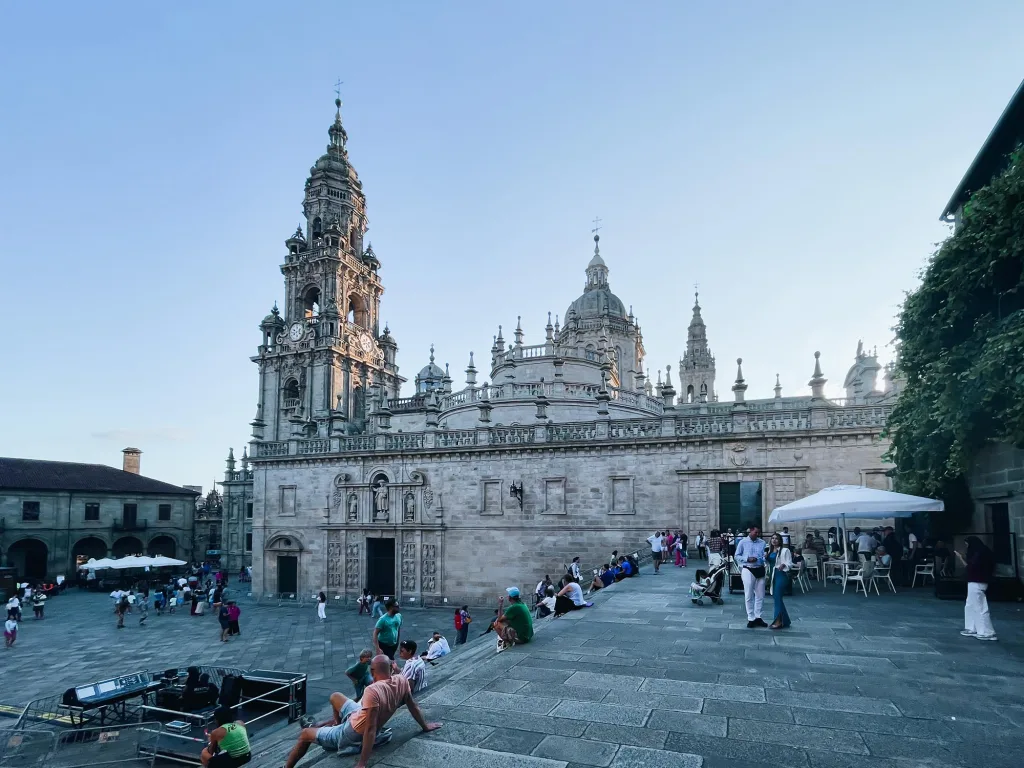
The attractions of Santiago de Compostela include the historic old town, a UNESCO World Heritage Site, with its impressive cathedral built from the 11th to the 18th century, home to the famous incense burner, the botafumeiro. The center is also where numerous monasteries, churches, houses, and palaces from the 17th and 18th centuries can be found. The Way of St. James trails leading to the city offer a great opportunity to discover picturesque landscapes, encounter history and culture, and experience a spiritual journey.

Symbolizująca pielgrzymkę muszla przegrzebka, nazywana także muszlą św. Jakuba, w średniowieczu służyła jako praktyczne naczynie, a dziś jest znakiem rozpoznawczym pielgrzymów (nazywanych peregrinos), często widocznym na ich ubraniach lub plecakach. W średniowieczu była symbolem ukończonej pielgrzymki, którzy zabierali ją z wybrzeża Atlantyku, akcentując dotarcie do “końca świata” – przylądka Finisterre.
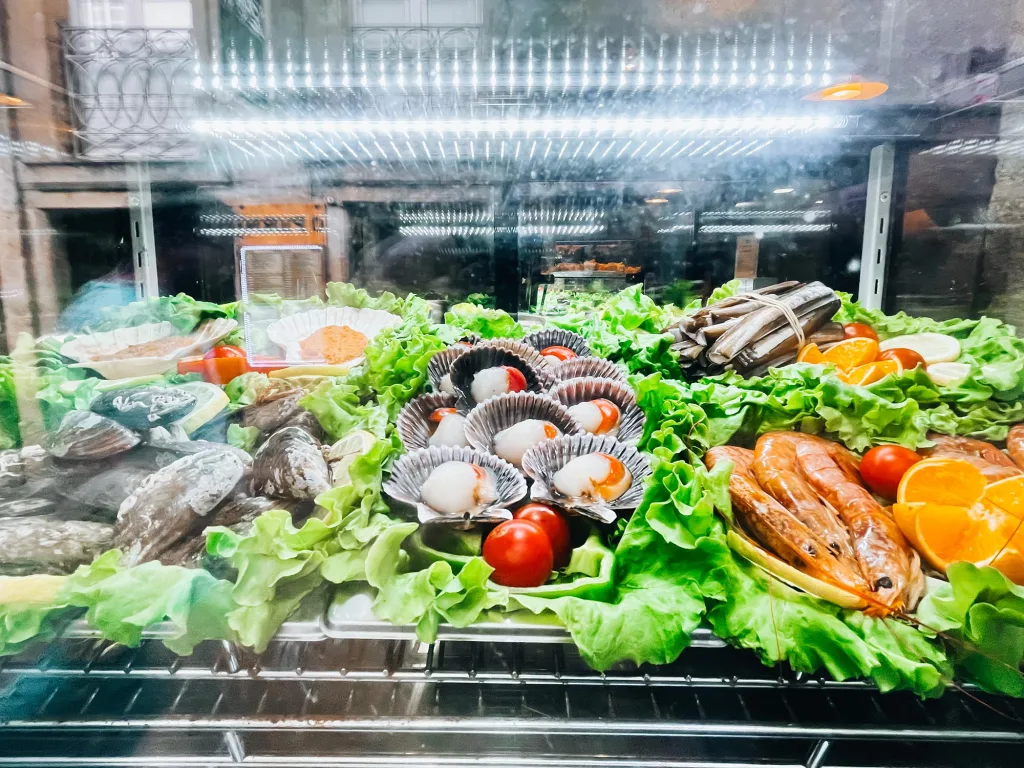
In the 14th century, when the popularity of the Way of St. James reached its zenith, over a million people walked it annually! Johann Wolfgang von Goethe emphasized the impact of these pilgrimages, claiming that "the roads of St. James shaped Europe." The significance of these spiritual journeys waned after the French Revolution, only to be reborn with new vigor in the late 1980s, when the trail began to attract pilgrims from all over the world once again.
Pope John Paul II visited Santiago de Compostela twice, and on one occasion, he walked a section of the Camino Frances. His visit in 1982 inspired the Council of Europe to recognize the Way of St. James as a route of exceptional significance for European culture, leading to a call for the renovation and maintenance of the historic pilgrimage routes. In October 1987, the Way was acknowledged as the first The European Cultural Route, and in 1993 the route was listed on the UNESCO World Heritage Site List..
We didn't have a specific plan for Santiago. Our main interest was to explore the city center and the cathedral, but unfortunately... it was closed... We could only admire it from the outside, from the main square, where gazing at the stunning architecture could literally make your head spin...
After quenching our curiosity with the facades of buildings, we decided to dive into the thicket of narrow streets. The shop windows and restaurant fronts were tempting, calling out from every corner, and we would have gladly given in to wild consumption more than once... Fortunately, we always have with us our guardian of time and budget – our dog😀 There is no way to suddenly fade behind richly decorated display cases...
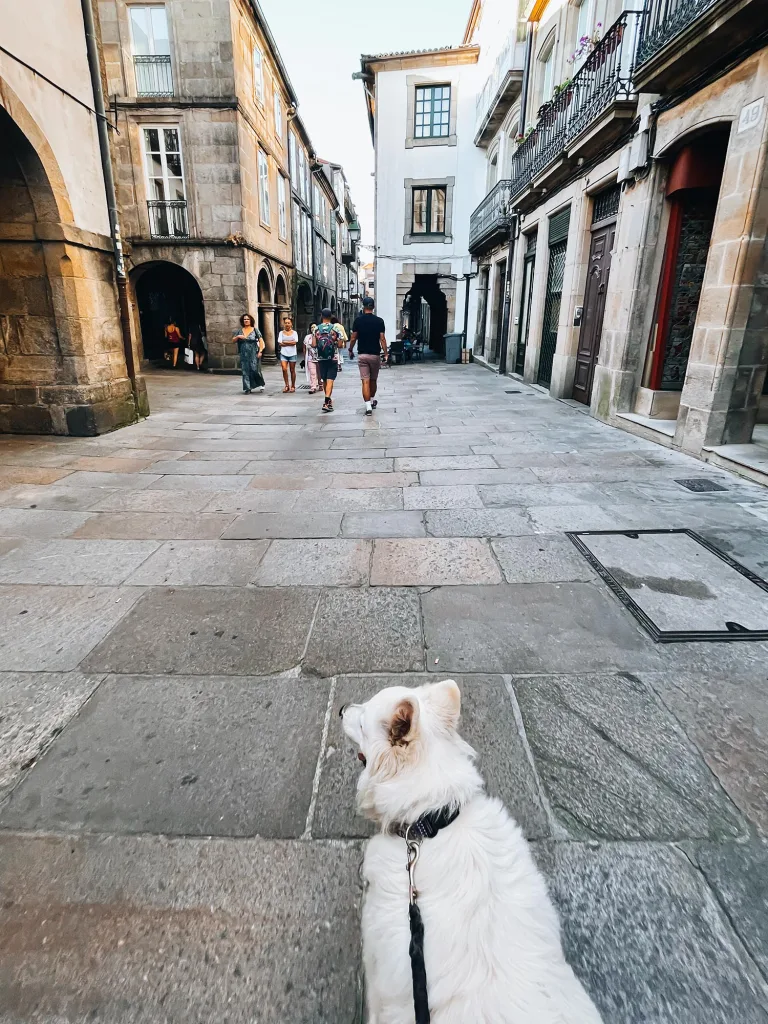
W te chwile, gdy żołądek zaczyna przemawiać do umysłu, sugerując, że nadeszła pora na poszukiwanie czegoś na ząb… “łapacze” klientów strategicznie ustawieni przed restauracjami zapraszają do środka… po czym ich wzrok wędruje na wysokość kolan – białą paszczę niewidoczną wcześniej w tłumie… zaproszenie zostaje odwołane :)… Tak właśnie, z psim aniołem stróżem u boku, przemierzamy miasta, oszczędzając na wrażeniach z pobytów w trendy knajpkach, które niestety dla nas, często nie posiadają przyjaznych czworonogom tarasów…
Sights not to miss in Santiago de Compostela
- Santiago de Compostela Cathedral - the heart of the city and a pilgrimage destination. Legend has it that it is the resting place of St. James the Greater, the apostle. Its impressive architecture and richly decorated interior attract crowds of tourists and pilgrims.
- Praza do Obradoiro - the city's main square, surrounded by major historical buildings, including the Cathedral and Palacio de Rajoy.
- Hostal de los Reyes Católicos - originally a hospital for pilgrims, now a luxury hotel that is one of the oldest in the world.
- Monasterio de San Martín Pinario - the second largest monastery in Spain, with an impressive facade and rich interior.
- Palacio de Rajoy (Raxoi Palace) - the seat of the city council and the office of the mayor of Galicia, built in neoclassical style.
- Cathedral Museum - preserves treasures of religious art and historical artifacts related to the cathedral and pilgrimages.
- Plaza de la Quintana - one of the most beautiful squares in Santiago, divided into Quintana de Vivos and Quintana de Muertos, surrounded by historic buildings.
- Colegiata de Santa María la Real do Sar - a Romanesque collegiate church with unique tilted columns, located on the outskirts of the old town.
- Mercado de Abastos - a city market where you can feel the local atmosphere and buy fresh Galician products.
- Parque de Alameda - a park offering magnificent views of the Old Town and the Cathedral, the perfect place to take a walk and relax.
I highly recommend visiting this remarkable place. Another one on the map of Iberia that made a huge impression on me. Maybe someday I too will make a pilgrimage to visit the cathedral... who knows... 😉
📸 Check out the gallery 😉
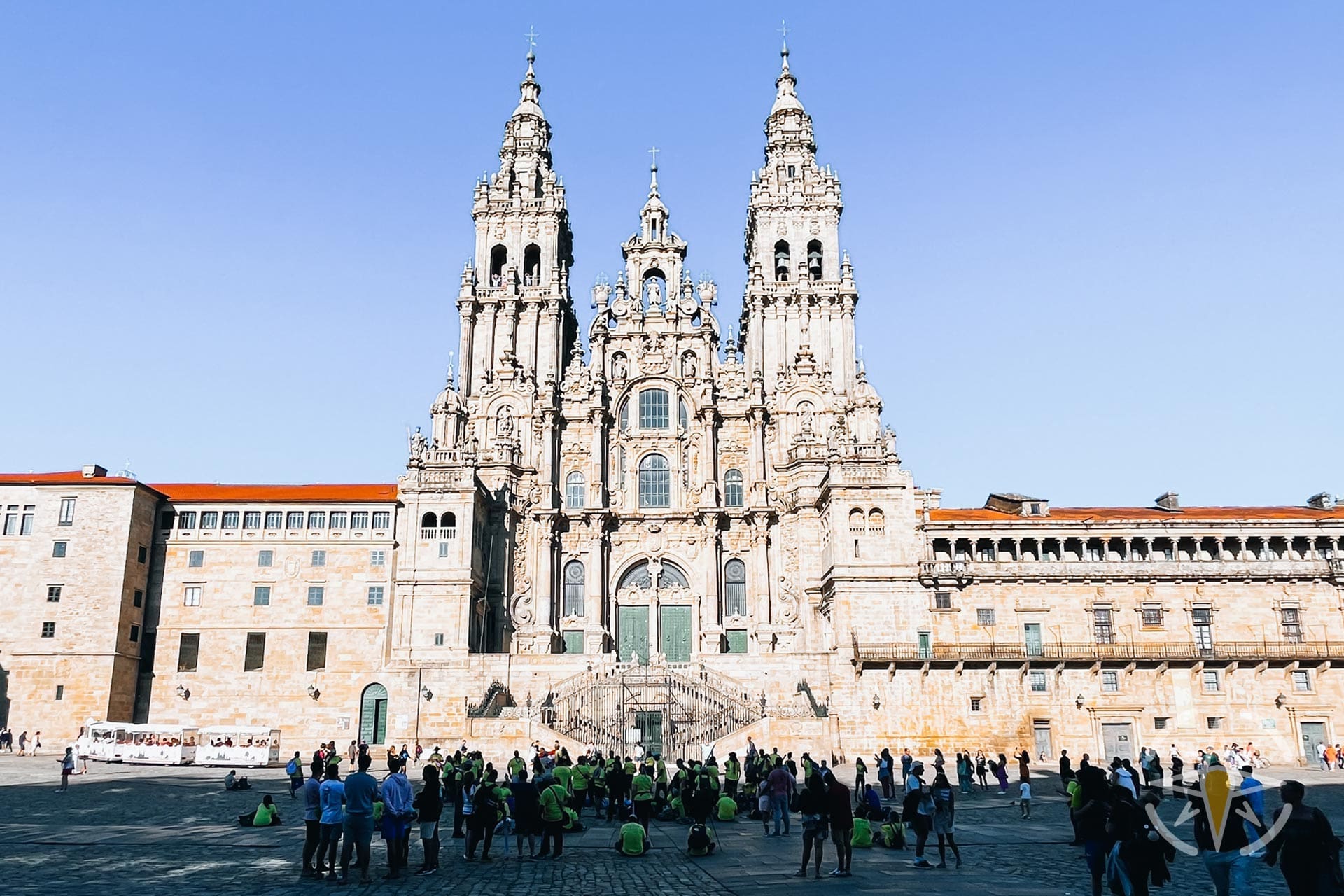
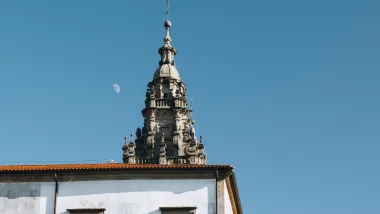
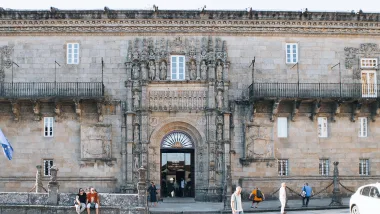
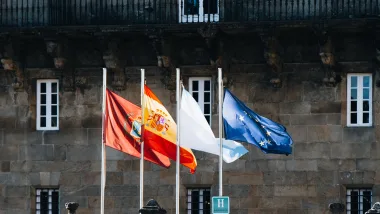
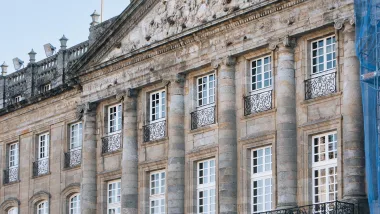
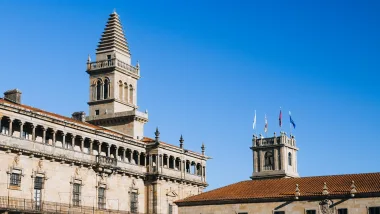
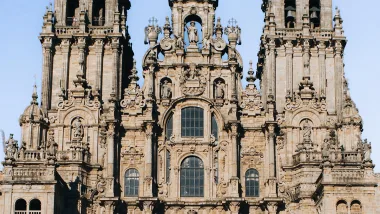
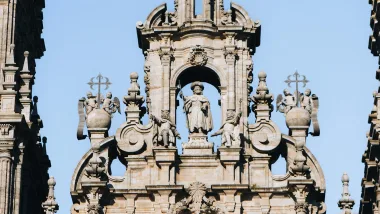
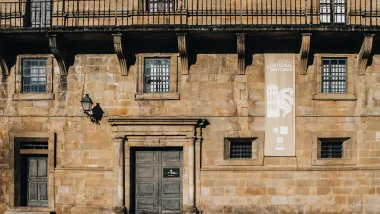
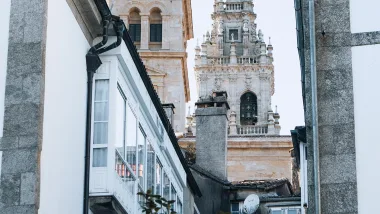
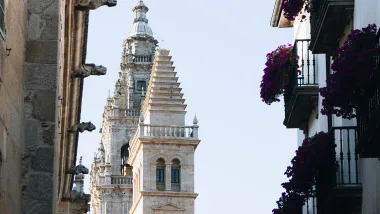
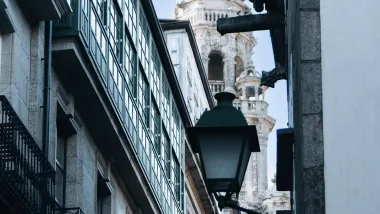
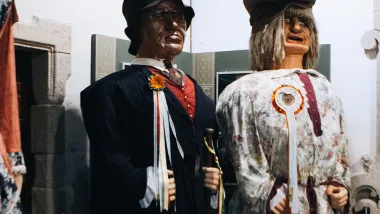
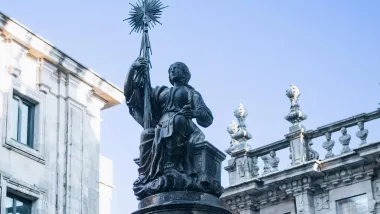
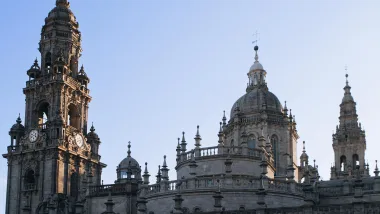
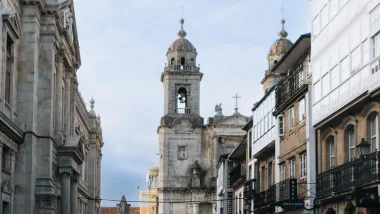
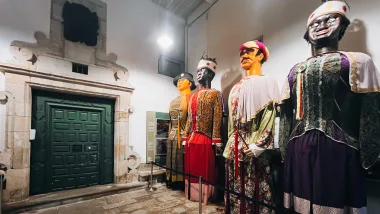
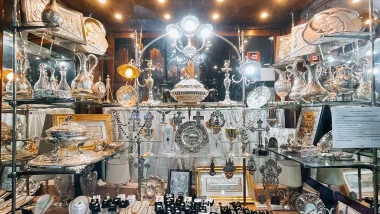
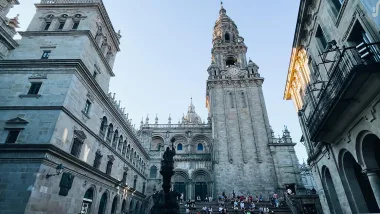
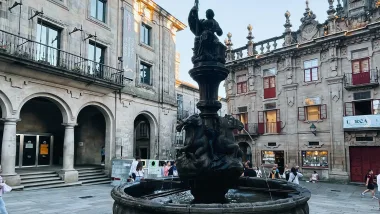
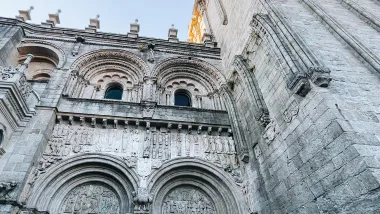
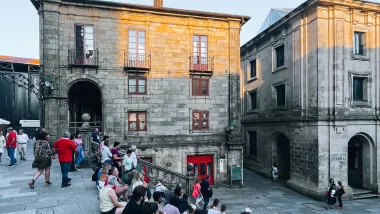
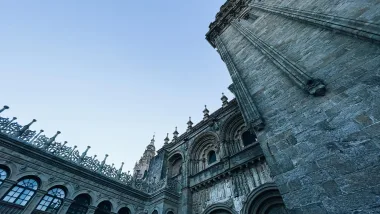
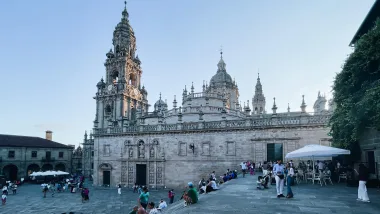
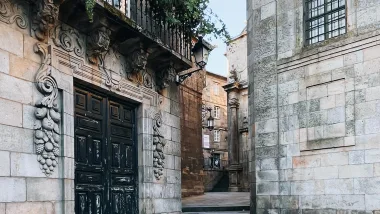
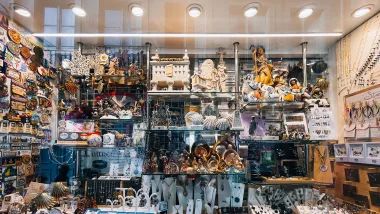

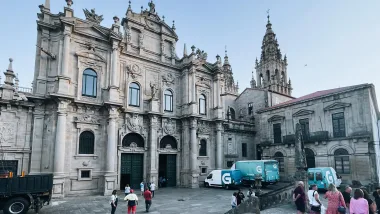
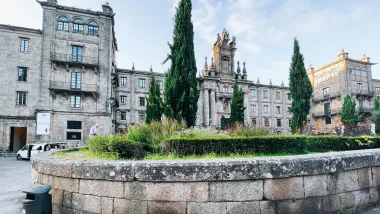
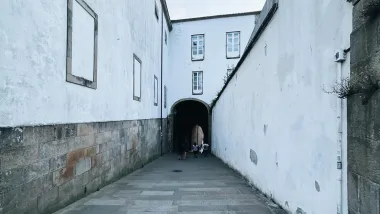
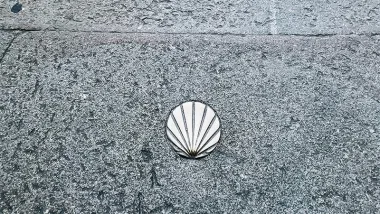

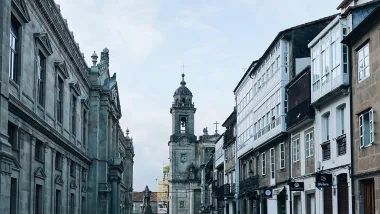
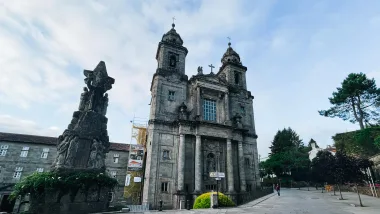
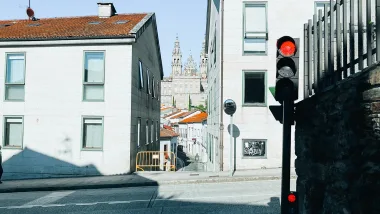
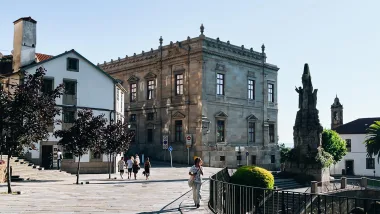
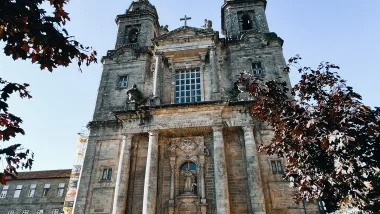
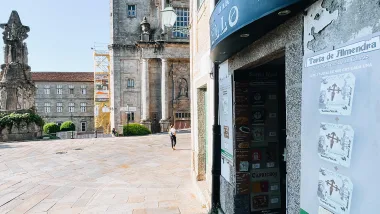
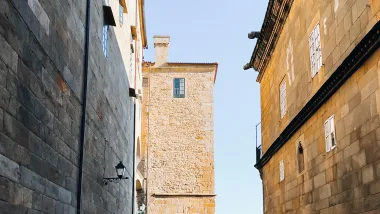
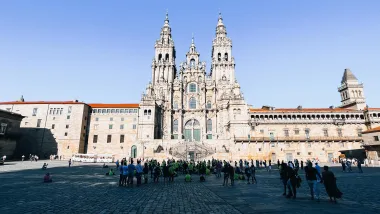

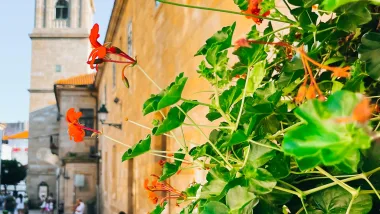
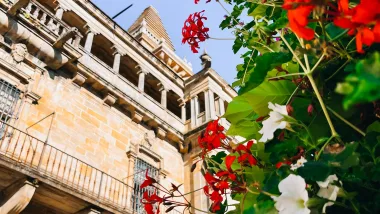
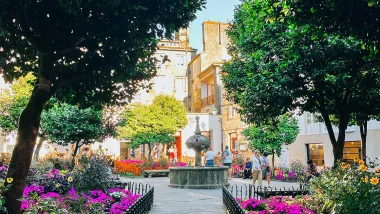
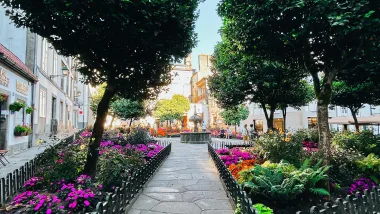
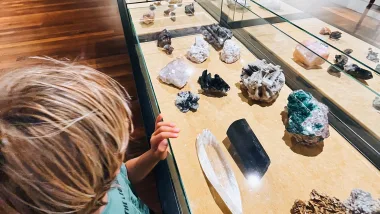
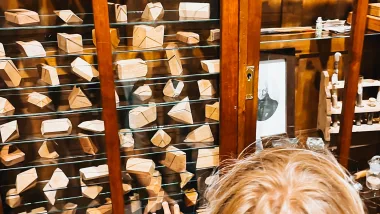
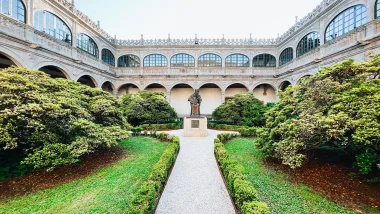
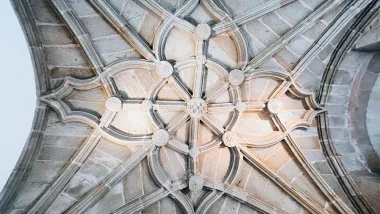
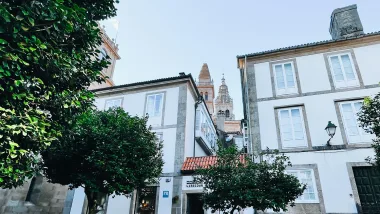
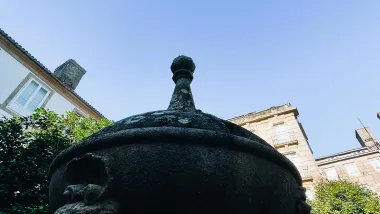
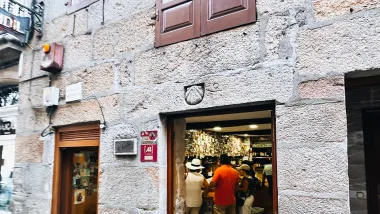
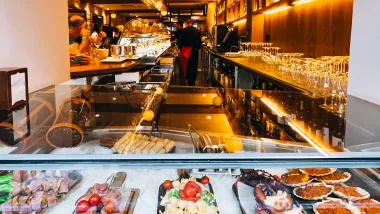
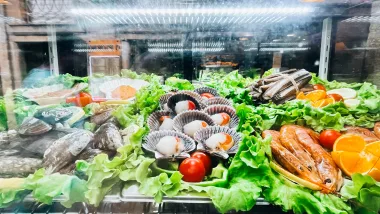
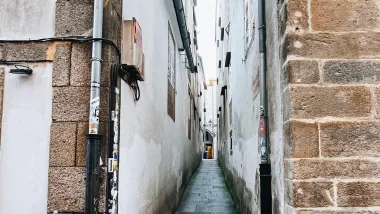
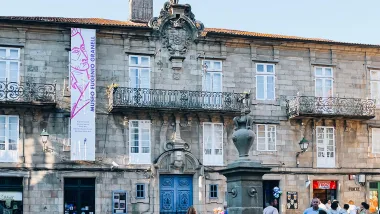
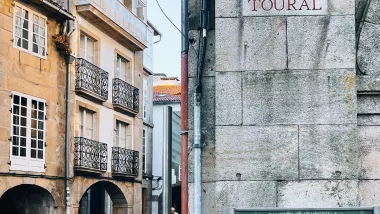
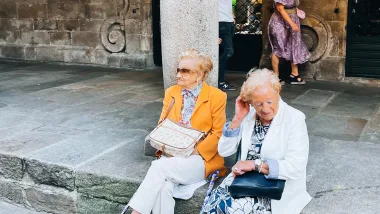
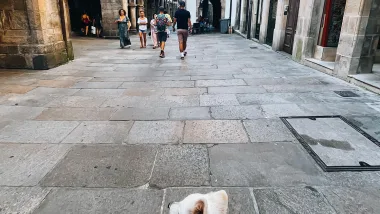
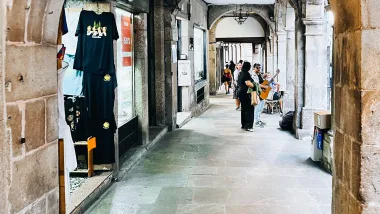
Leave a comment, ask a question...